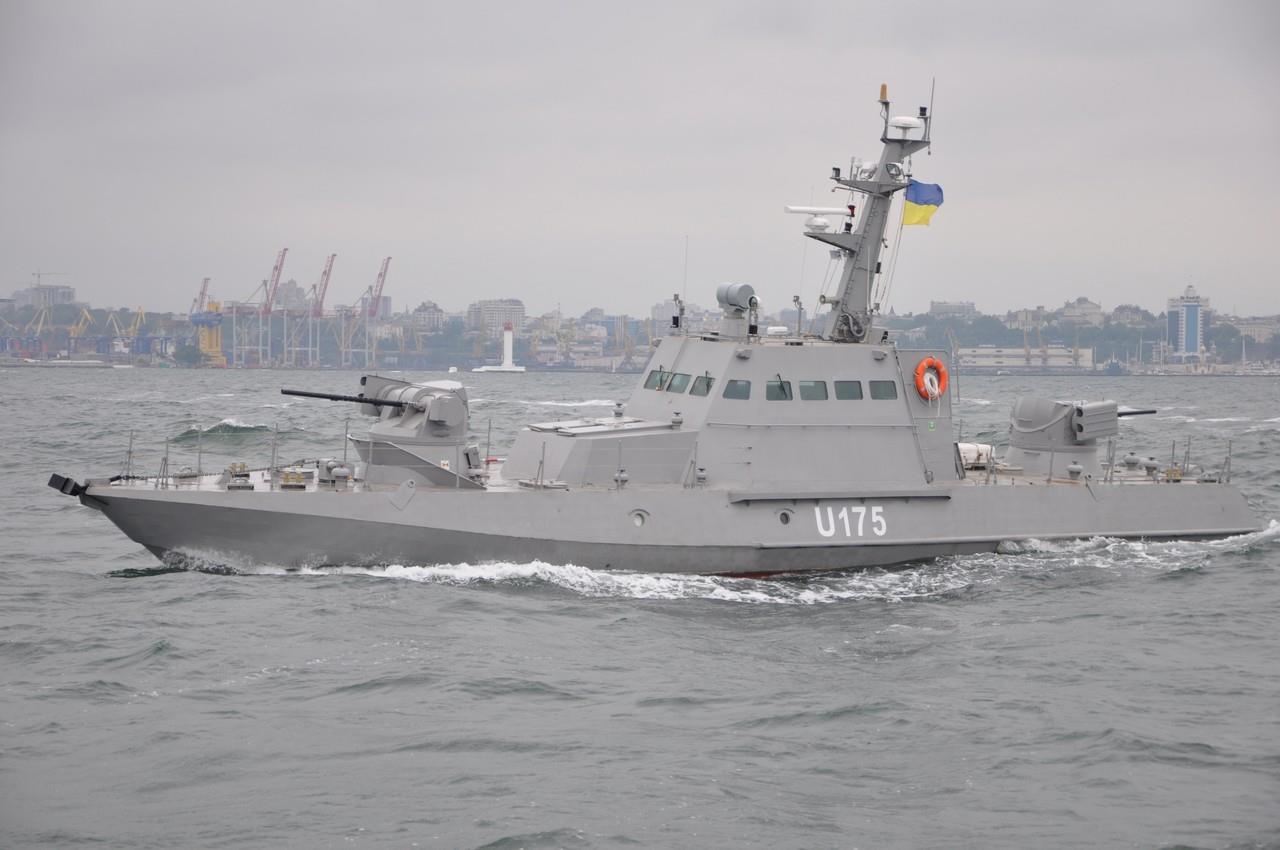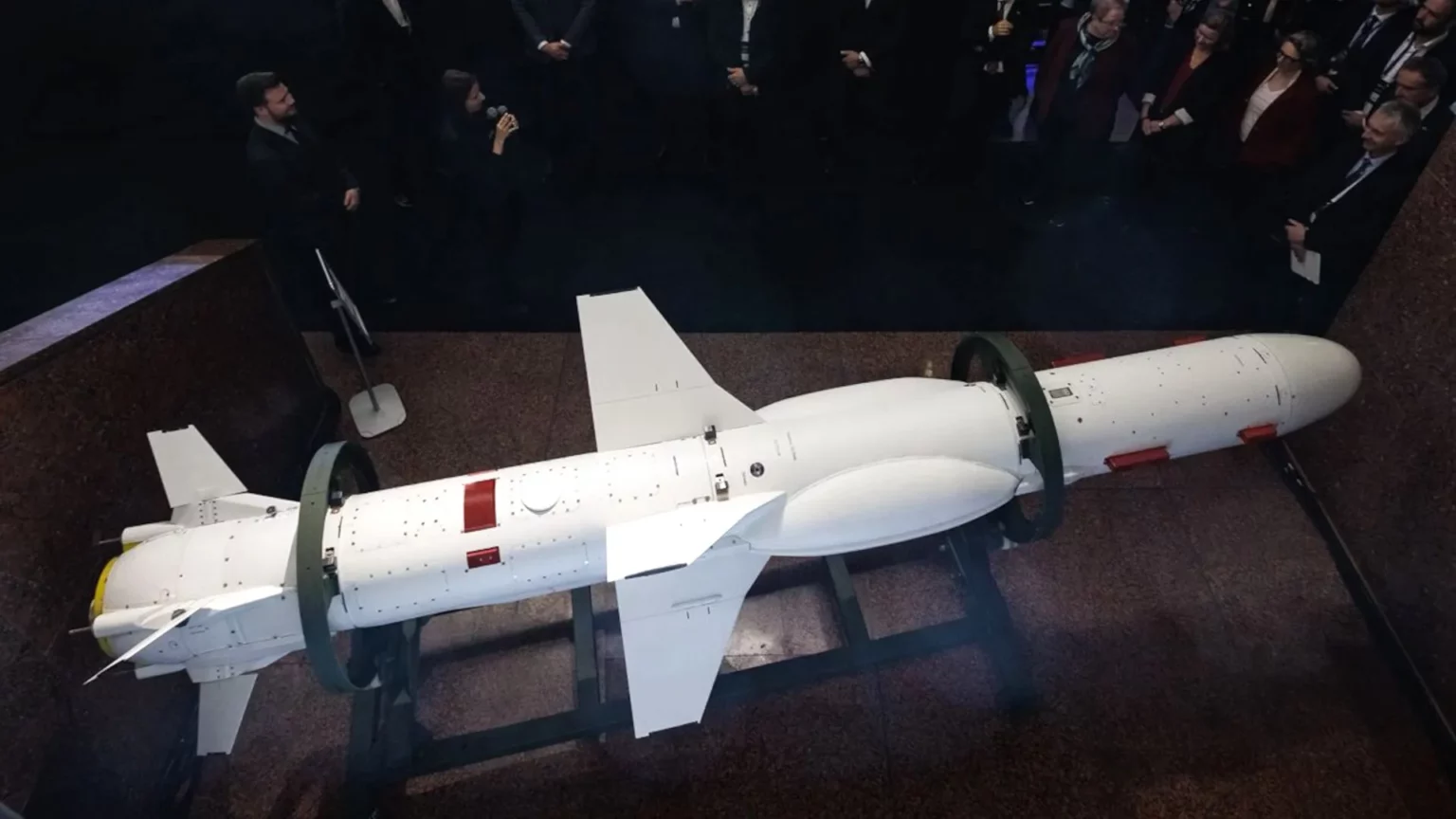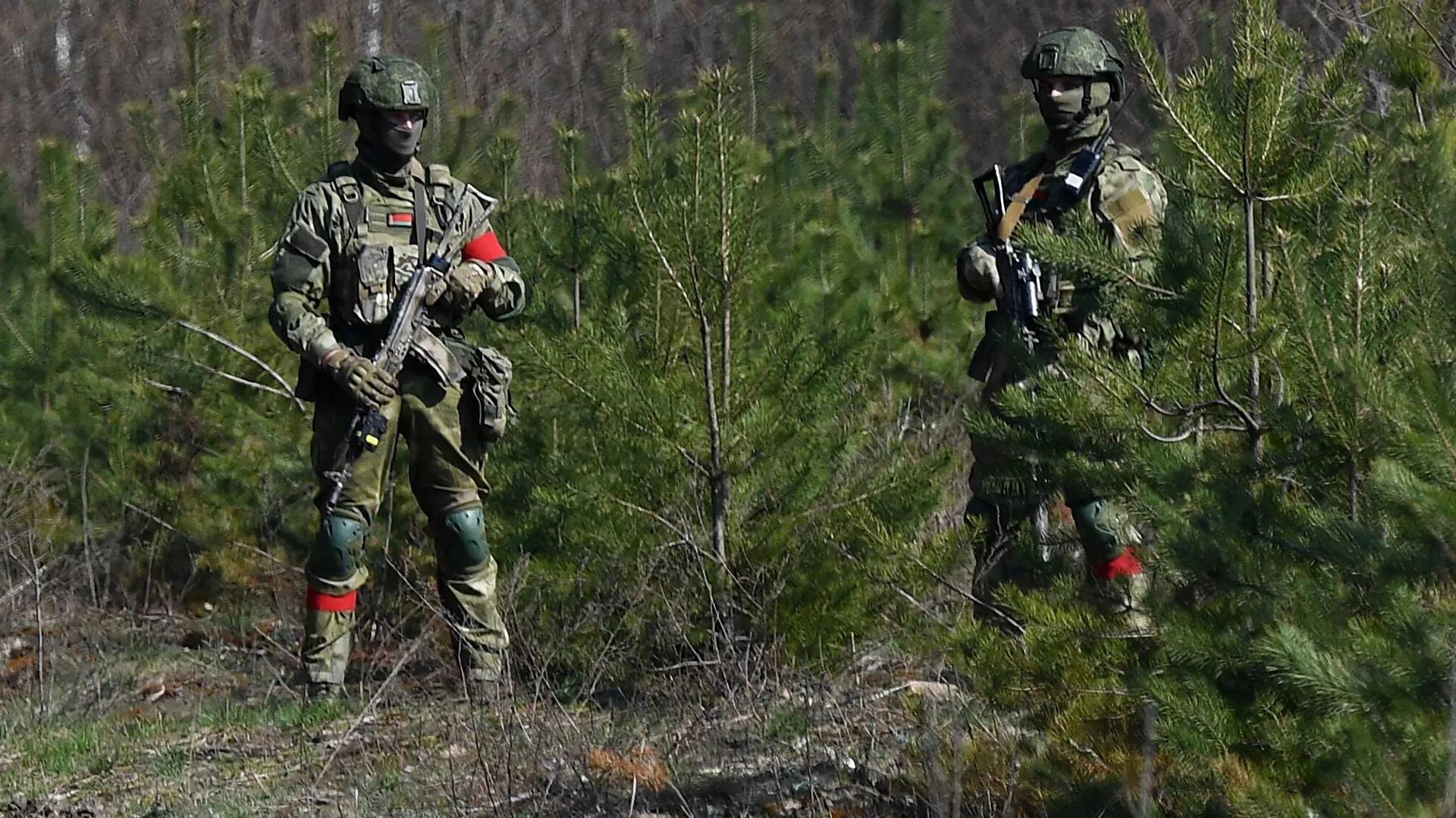
The Ukrainian Navy: Conceptual Aspects and Cooperation With the West
The Ukrainian Navy: Conceptual Aspects and Cooperation With the West
In late February 2017, the commander of the Ukrainian Navy, Vice Admiral Ihor Voronchenko, in an interview with Ukrainian Channel 5, said that the country was considering procuring used combat ships from the West as a way to increase Ukraine’s naval capabilities. The vice admiral stated Kyiv would be willing to purchase mine-sweepers and littoral-zone ships (Channel 5, February 27).
Employing second-hand combat ships to reinforce one’s naval forces is an established international practice. Ukraine’s neighbors Poland and Romania both bought used frigates in the past (Poland from the United States Romania from the United Kingdom) to strengthen their own maritime security and defense (Navy.pl, IHS Jane’s, March 17, 2016). Several years ago, Ukrainian military authorities reportedly also considered procuring used naval platforms, but these plans were never implemented (Radio Svoboda, March 26, 2009).
Prior to 2014, the Ukrainian Navy was composed almost entirely of legacy ships from the Soviet Black Sea Fleet, which was divided between Ukraine and Russia following the collapse of the Soviet Union. In addition, five naval vessels, whose construction began in Soviet times, entered the fleet after independence. Post-Soviet Ukraine’s shipyards began building one multipurpose corvette (the Volodymyr Velykiy, laid down in 2010) and two small Giurza-class armored gunboats (designed for river and close littoral operation, laid down in 2012) to cover the emerging needs of the Ukrainian Navy. But the domestic shipbuilding process has been slow due to a lack of political will and inadequate funding.
The situation regarding Ukraine’s naval assets worsened dramatically after Russia annexed Crimea, in February–March 2014. Ukraine lost up to 70 percent of its combat ships and auxiliary vessels, which had been stationed in ports on the peninsula. The Navy is left with only a handful of combat ships/boats as well as about two dozen auxiliary vessels, and most of them need repairs (UNIAN, July 3, 2016). This fleet size is wholly insufficient to protect the 1,350 kilometers of Ukrainian coastline, 30,000 square km of the country’s territorial waters, and 70,000 square km of its exclusive maritime economic zone. The lack of Ukrainian naval capabilities has allowed Russia to capture several Ukrainian offshore oil and natural gas rigs (see EDM, February 17, 2016); Russia has towed them to the Odeske and Golytsynske gas fields, both located inside Ukraine’s exclusive maritime economic zone. Since 2015, Russia has been illegally extracting gas from Ukrainian fields and transporting them to facilities on occupied Crimea (Tsn.ua, July 26, 2016). Indeed, the Russian Black Sea Fleet has created a zone of denial surrounding the captured rigs and aggressively counteracts any legitimate missions being carried out by Ukrainian ships and aircraft in this area (Ipress.ua, September 9, 2016), including by the use of weapons (Mil.gov.ua, February 1). This situation has clearly raised the urgency for Ukraine to reinforce its fleet of combat vessels.
Recently, the Ukrainian Ministry of Defense announced its decision to revitalize the corvette program. In 2017, the government will allocate about €34.9 million ($36.9 million) for corvette construction (Korrespondent, February 2). But this will not be enough to complete even the first of the four planned vessels, which is estimated to cost €250 million ($265 million) in total. An additional key problem for the domestic corvette program is the lack of an available weapons system to fit out this class of ship. “We do not have such systems, it should be bought [abroad],” the chief of the General Staff of the Armed Forces of Ukraine, Army General Victor Muzhenko, declared last January (Ukrinform, January 19).
Some smaller level successes in shipbuilding are worth pointing out: In 2015, Ukraine intensified the construction of two small armored gunboats. And by the end of 2016, these two gunboats—the Akkerman and Berdyansk—were commissioned (Korrespondent, December 6, 2016). In 2016, the Ukrainian defense ministry also signed a contract to build two Centaur-class coastal assault landing craft, which are scheduled to enter service by 2019 (Ukrainian Military Pages, May 24, 2016).
It should be noted that a debate broke out, in 2015, between two groups of Ukrainian experts about what naval capabilities the country actually needs. One group of experts proposed a “Blue and Littoral Waters” concept, arguing that Ukraine requires a classical naval force. But the implementation of such a concept would be massively expensive. Another group of experts proposed the so-called “Mosquito Fleet” concept. Aimed at resolving the urgent security problems in Ukraine’s littoral waters, this force structure would champion an asymmetric approach, and prioritize the fleet’s tasks based on the available resources (Lb.ua, September 14, 2016; Day.kyiv.ua, February 3, 2016). The “Mosquito Fleet” concept envisages purchasing several dozen multirole, high-speed combat craft, equipped with modern but small-sized naval weapons. The authors of this concept argue that groups of these small boats would be able to quickly deploy and monitor the situation over large maritime areas of the exclusive economic zone as well as conduct anti-amphibious operations, mine-sweeping tasks, patrols and other operations in Ukrainian littoral waters. These small vessels would act asymmetrically to exploit the enemy’s vulnerabilities, if needed.
The latter naval concept ultimately secured support from the top brass. In late February, Ukrainian Navy commander Igor Voronchenko specifically referred to the Mosquito Fleet concept as “the best option for the Ukrainian Navy until 2020” (Unn.com.ua, February 28). Nevertheless, the Ukrainian Navy has not abandoned its ambitious plans to continue building relatively large multirole corvettes (Ukrainian Military Pages, January 25).
Although Ukraine needs to strengthen its Navy as quickly as possible, it is hampered by funding shortages and the insufficient building capacities of domestic shipyards. Due to this reality, Ukraine could instead try to cover its existing naval capabilities gap and receive significant benefits by cooperating more closely with its Western partners, including the United States. The costs of buying used combat vessels could be much lower than building new ships or boats domestically. Moreover, Ukraine currently needs to allocate more resources toward the development of modern naval weapons systems and the renewal of the Ukrainian shipbuilding sector. Procuring such used platforms from abroad could be an important step in achieving interoperability with the North Atlantic Treaty Organization (NATO). Greater interoperability with NATO forces is one of the key objectives found listed in the Strategic Defense Bulletin of Ukraine, which was approved last year by Ukrainian President Petro Poroshenko (President.gov.ua, June 6, 2016). Kyiv will, of course, need sufficient political will to successfully rebuild its Navy. But if it does, the new Ukrainian fleet will have a major impact on the balance of power and stability in the Black Sea region.


